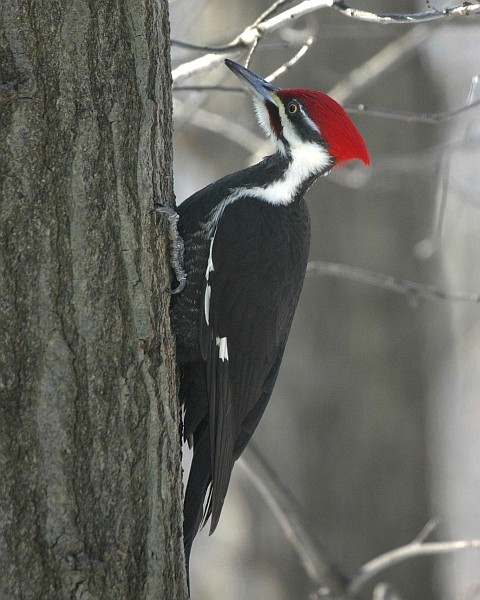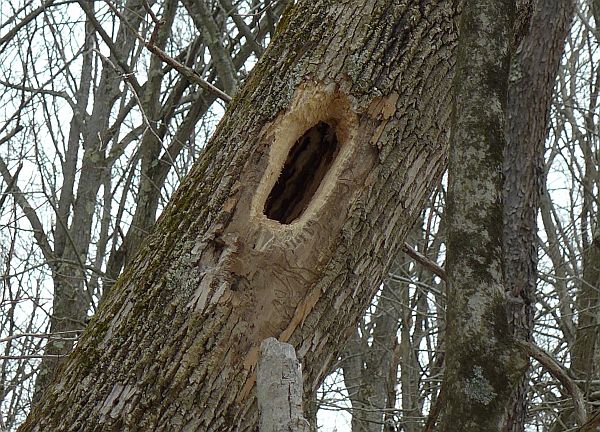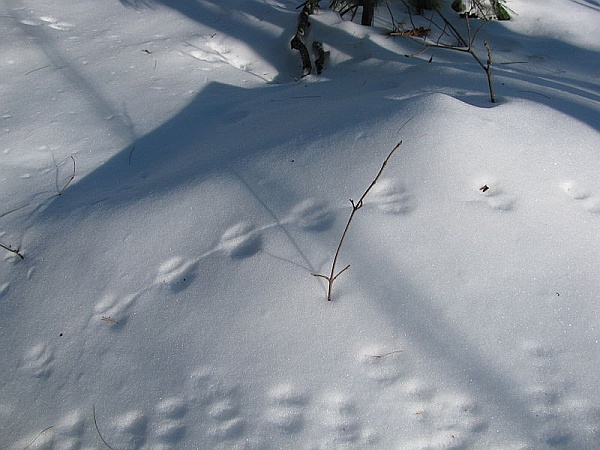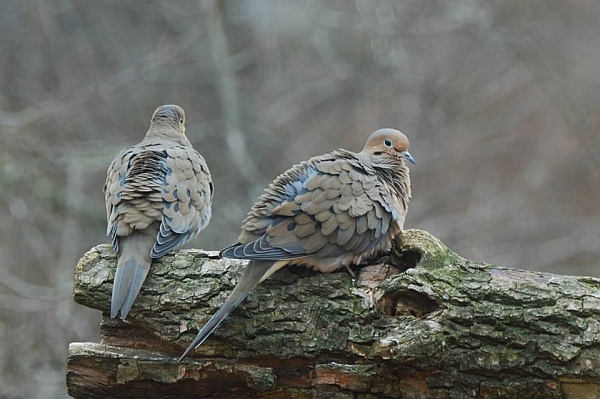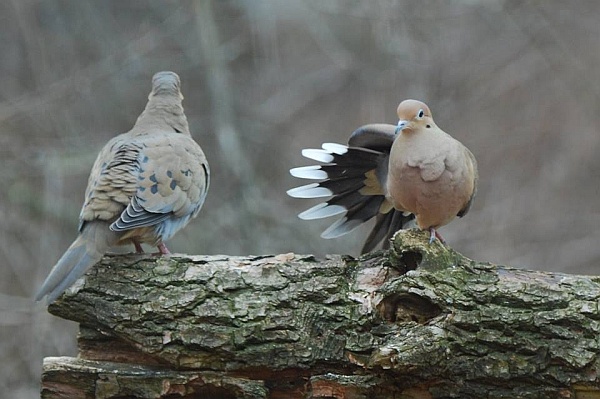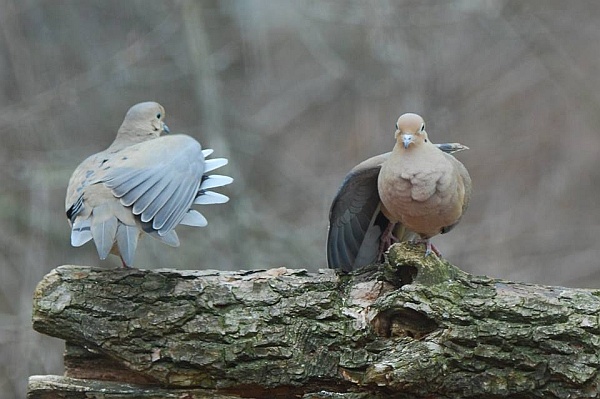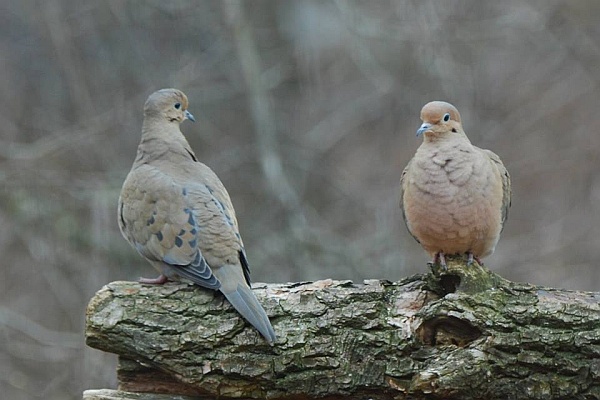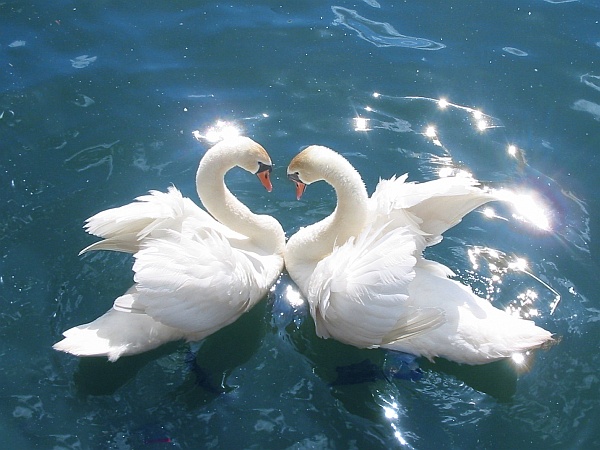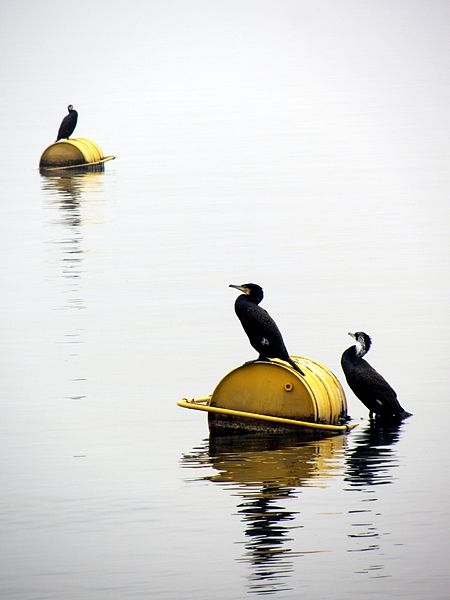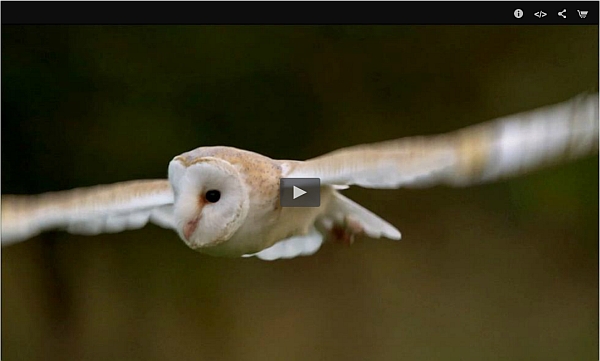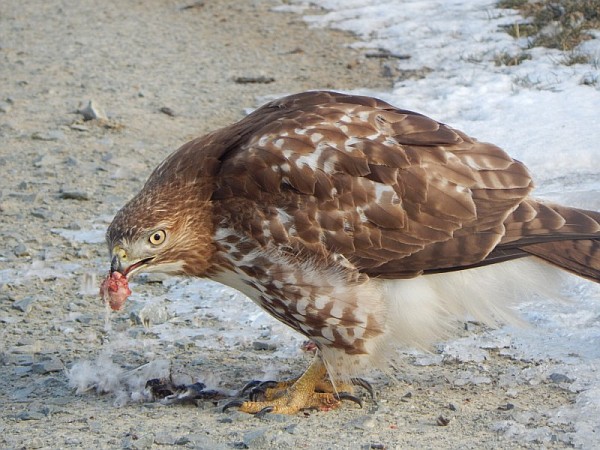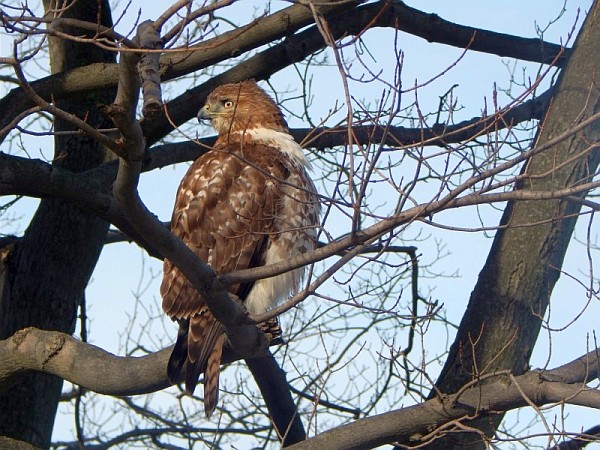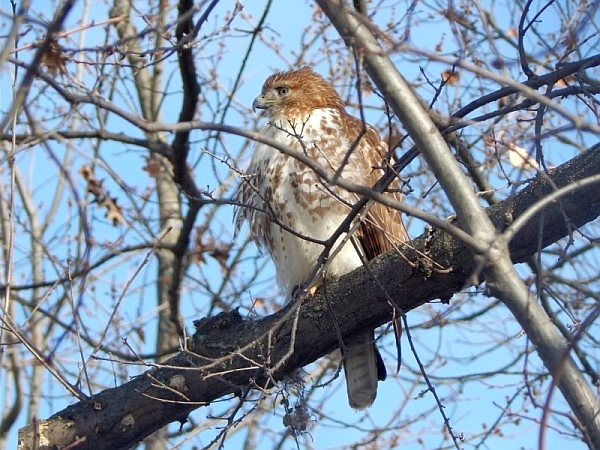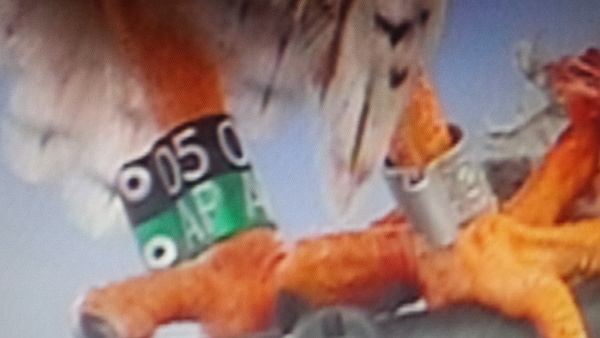If you haven’t been watching the Hays Bald Eaglecam, now’s the time to start. Last night, February 17, Mother Eagle laid her first egg of 2015. It was seen on camera at 7:37 pm.
Bald eagles are one of the earliest birds to lay eggs in Pennsylvania because their young take so long to grow up and fledge. The pair at Hays in the City of Pittsburgh has been courting, mating, and tidying their nest since January. Then on Sunday the female eagle started spending her nights on the nest — just in case.
We saw the first egg on Tuesday, February 17 at 7:37pm when she stood up and looked at it. (After laying an egg the female bird usually stands over it until the shell dries.)
Dedicated eagle watchers are already calling this egg “H5” in anticipation of its hatching. (“H” is for Hatch Hays, 5 means the fifth hatchling (see the comment below from Joyce)) Its hatching event is a pretty good bet. The first egg a bald eagle lays is always the first to hatch — if it’s fertile — and fertility is not in doubt with the amount of mating this pair has been up to.
Egg #2 is due on Thursday or early Friday when the temperature dips to -8 oF. Mother Eagle will certainly be clamped down to keep the egg(s) warm! We’ll have to keep an “eagle eye” on her to see her reveal Egg#2.
Click here to watch the eaglecam and chat with fellow eagle watchers on the PixController website.
p.s. Thank you to Bill Powers of PixController for installing the eaglecam.
(YouTube video from PixController)

